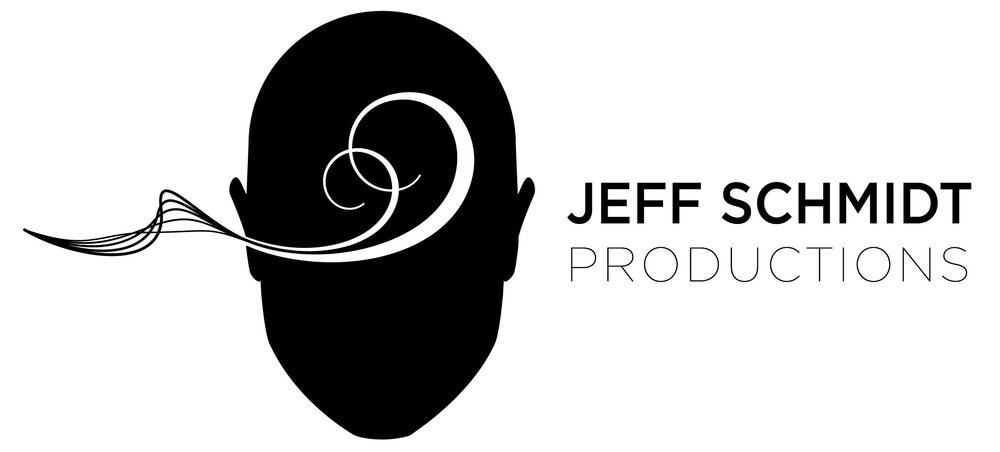We're hearing a LOT these days about Immersive Audio, and by that, most are talking about the buzzy new "Cutting Edge" 3D Audio, Apple Spatial Audio, Dolby Atmos, etc.
The goal of spatial audio is to create “immersion” by placing our story world 360 degrees around our listener.
While this is exciting (present hype notwithstanding), not much here is actually NEW, let alone "cutting edge,"
ALL of today’s approaches and technologies for spatial audio will deliver to the headphone listener the same result that has existed for decades - Binaural Audio.
From Wikipedia:
The history of binaural recording goes back to 1881 with the first binaural unit, the Théâtrophone.
Skipping ahead a bit
In 1978, Lou Reed released the first commercially produced binaural pop record, Street Hassle, a combination of live and studio recordings.[24]
Many Binaural Audio Dramas have been and still are being produced and broadcast by the BBC. For example, Stephan King's "The Mist" was available in "terrifying 3D Audio" on CD in the early 1990s. Here’s a picture of my copy.
So why all the buzz and interest now? The explosion of Podcasts?
No.
The development explosion in Virtual Reality (VR) and Augmented Reality (AR) was the main driver in my view.
VR/AR product developers quickly realized that while they could fool the eyes with VR headsets, the immersive effect was lacking without corresponding spatial audio. And for that, they turned to the tech that already existed - binaural playback over headphones.
While binaural techniques were well known for many years, there weren't many new tools to do the work. So recently there has been a Renaissance of spatial audio tools being created giving us lots of often very affordable ways to process and deliver Binaural audio to headphones. Naturally, this tech made its way to Podcasts where everything old and busted is NEW AGAIN!
Side note: I've been using binaural audio in EVERY series I've designed starting with Inside The Exorcist in 2017.
More on that and the most obvious set of questions when it comes to using spatial audio - WHY?
Does simply using this tech make our stories more "immersive"?
Is there more to be considered?
I'll cover that in my next article on “Immersion”.
Stay tuned!

